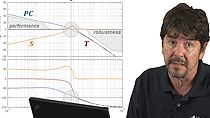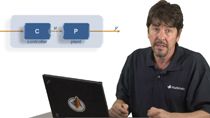Using Electricity to Produce Steel Without CO2 Emissions
Adam Rauwerdink, Boston Metal
Igor Braverman, Boston Metal
Boston Metal is a startup working to decouple steel production from carbon dioxide emissions to help fight climate change. Their patented Molten Oxide Electrolysis (MOE) technology uses electricity to split iron oxide into liquid iron with a byproduct of oxygen instead of CO2. Using Model-Based Design, the team developed a full dynamic model of the system, which enables them to run virtual tests on the control system and save money on building physical prototypes.
As part of the MathWorks Startup Program, Boston Metal has access to MATLAB® at a startup-friendly price and engineering support from MathWorks experts. The partnership and MATLAB tools enable them to save resources, working as a small team to build out and validate their technology in order to raise more capital and grow their team.
Published: 6 Dec 2021





